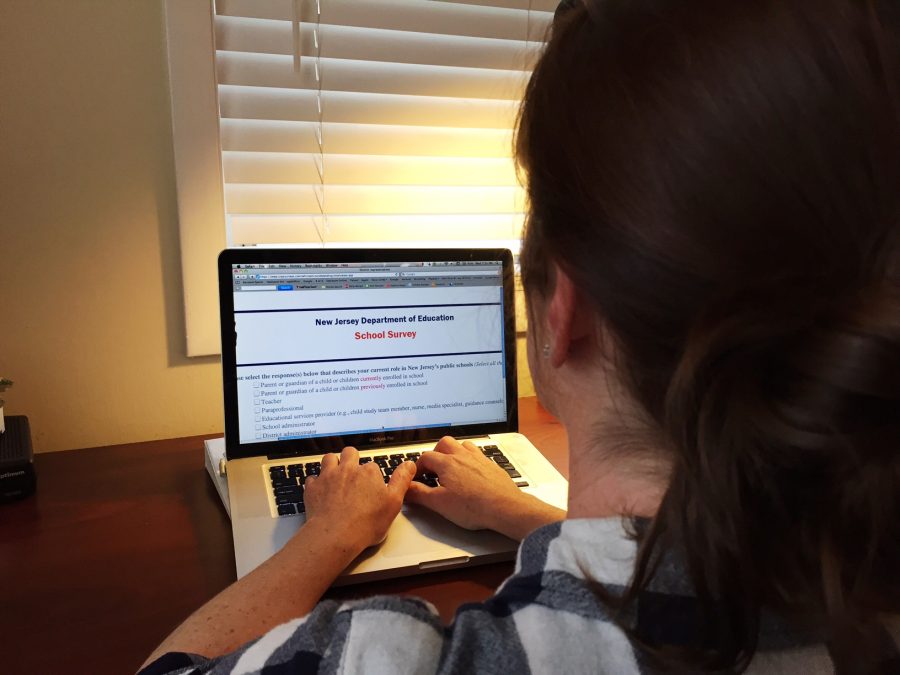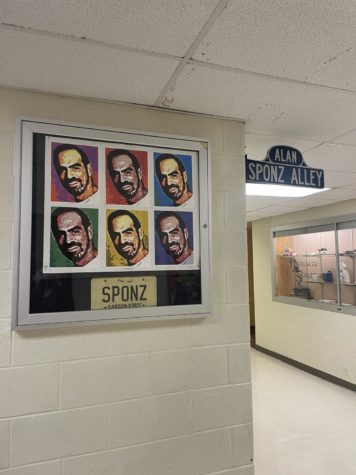NJDOE uses community input on school performance
Photo Credit: Julia Rooney
The survey is a total of 18 multiple-choice questions, and takes approximately five minutes to fill out. It is completely voluntary and submitted anonymously, being that the only motive is to seek feedback about the current form of reporting.
September 20, 2016
The New Jersey Department of Education asks administrators, parents and members of the public school communities around New Jersey to share their opinions on how School Performance Reports should be conducted.
The reports are sent out annually to inform those concerned on the quality of local public schools. Following the 2015-2016 school year, the NJDOE sent out a survey to hear the views of the public.
The 2014-2015 reports include information about race, PARCC test scores, and SAT participation rate. The purpose of the survey is to decide what information is not necessary to include as opposed to new statistics wanted.
The current categories that schools are graded on are demographic information, academic achievement, college and career readiness, graduation and postsecondary, within school achievement gap, school climate, and school peer group.
“This is a valuable way of getting real information,” said Board of Education member Ted Jadick. “It’s good to get input to understand if you’re on track, if you’re not and what people’s concerns are.”
At Glen Rock High School, school climate is an important detail; the school offered a climate survey to students earlier in the year. Students were asked about their learning environment and workload at school.
2016-2017 Glen Rock High School Vice-President, Lee Hasselmann believed it was a great idea for the school to offer the option of taking a survey and it could potentially help Glen Rock’s ratings among other public high schools.
“I think it is really important for the school to get feedback from the students and their families,” Hasselmann said. “It tells the school what they need to adjust to make the learning environment for friendly for everyone.”
Sharing these school performance reports each year, the Department of Education hopes to focus on points for students’ career and college readiness. Glen Rock High School is being compared to other local public high schools to fine-tune the areas of improvement.
The biggest goal of the reports is for public schools across the state to be the best they can be. In order to accurately advertise the talents of each school, the survey is open to create changes to the performance rubric.
One of the questions on the survey lists over 20 characteristics including class sizes, and curriculum. The survey-taker is asked to choose what they believe to be the top five that prove a school’s excellence.






